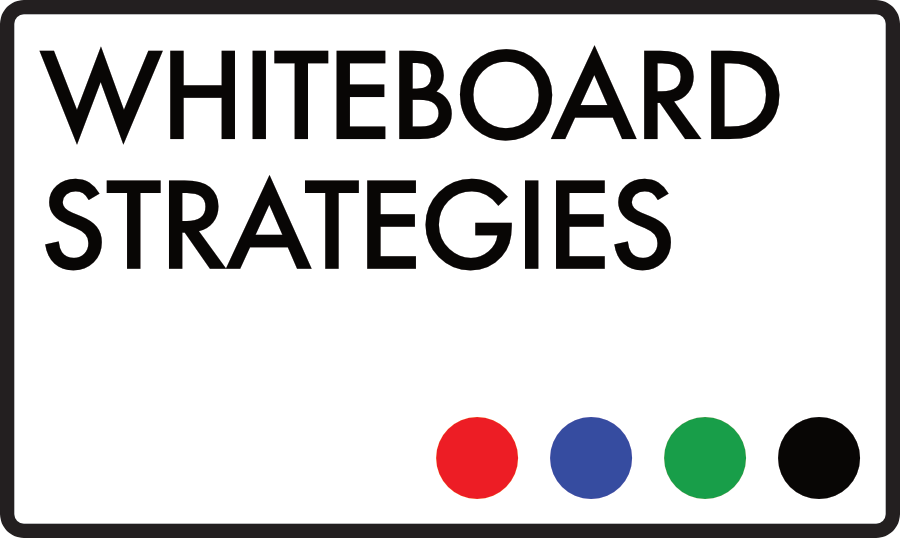Sales objections don’t just spring from nowhere.
You might find that in deal reviews your people are telling you that’s what happened – everything was ticking along nicely with the prospect and then BAM – and it can feel that way to front line sales troops, but you and I know that’s just not how it happens.
There are posts about how to deal with sales objections on every sales blog on the internet (full of the usual fizz and ginger PMA bullshit), and enablement teams worldwide are telling salespeople that they just need to dig deeper, try harder, sell the value… the usual.
What they rarely do though is explain that, however sudden they might feel, sales objections never come out of nowhere.
But that’s how it happens, so your people need to know about it. They need to know how to spot the warning signs of an objection early and nip it in the bud, reducing friction in their funnel and improving the speed and quality of the buyer’s journey.
Now you’re probably sucking on the Montblanc pen they gave you for winning ‘Salesman of the Year’ in the 90s and thinking “Well, no shit. But if it was that easy we’d all be doing it”.
But… but It is that easy, and you aren’t.
Sales objection start with one problem – a lack of trust. That’s the little bit of grit in the oyster shell that will eventually become the big f*cking pearl that the sale chokes on. It’s a confusing metaphor. Don’t think about it too much.
It might be a lack of trust in the individual salesperson you’ve sent to darken the prospect’s door. In might be a lack of trust in your solution, or in your organisation’s ability to deliver. I’ve seen sales objections appear astonishingly quickly clients’ prospects once a high-profile scandal or security breach hits the news, believe me.
That initial lack of trust then evolves, manifesting itself as a lack of willingness to commit in conversations about next steps, as an evasion of calls or questions intended to gauge a prospects interest, or in a slowing down of the sales process.
Buyers become inaccessible or unable to commit to specific dates or budgets. Rough timeframes are given and broken, or they’re ‘just waiting on an email from X’ before proceeding.
Sound familiar?
From there that gritty, shitty, grumbly lack of trust grows into an objection. The buyer starts mumbling about budget, or dropping in how under the cosh they are just now from finance. They may openly question whether you organisation is the right vendor for them to be knocking about with, or start unpicking your offering.
Salespeople need to be trained to spot these little bits of grit as early as possible – to read interpersonal relationships and buying signals, to gauge the prospect’s attitude towards your organisation in their initial pitch.
They need usable, scalable tools to do that. They need to be trained to be alert, direct, value-orientated – we talk about ‘shutting down’ sales objections but we should really talking about putting them to rest. Sales people should be trained to explain why an objection is irrelevant or misplaced, rather than bullishly pushing through it.
Prospects – especially those who have never bought from your organisation before – can be steered through doubts and led to a decision to buy. But only if your people are trained and ready to guide them.
Want more free sales insight direct to your inbox every month? Use the newsletter sign up form in the footer of this page, and don’t forget to connect with Mark on LinkedIn to talk sales, training, visual comms and more.
– Tom @WSL

Recent Comments